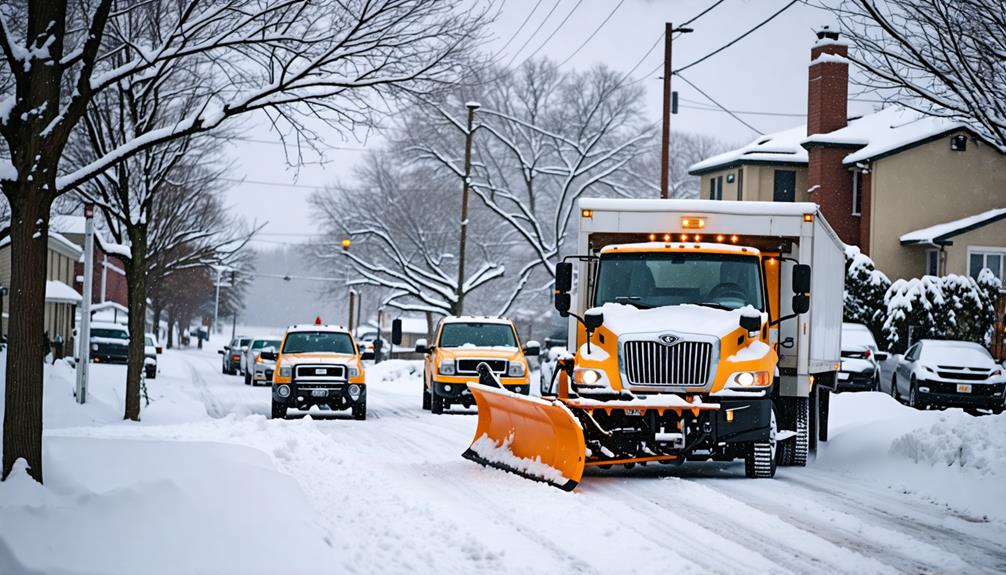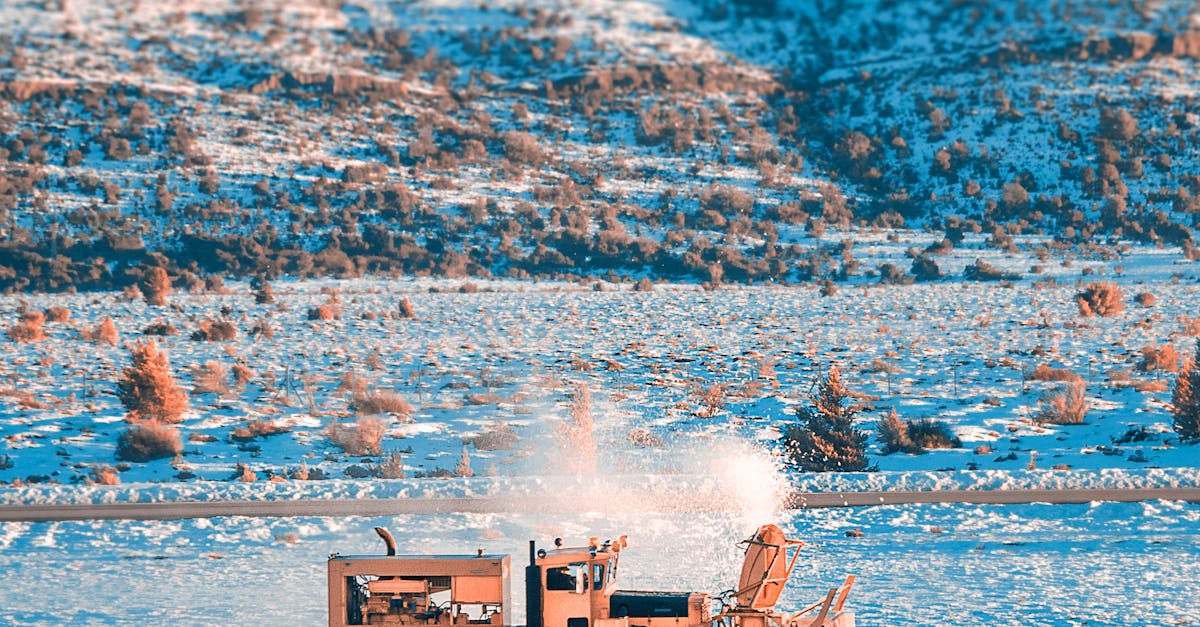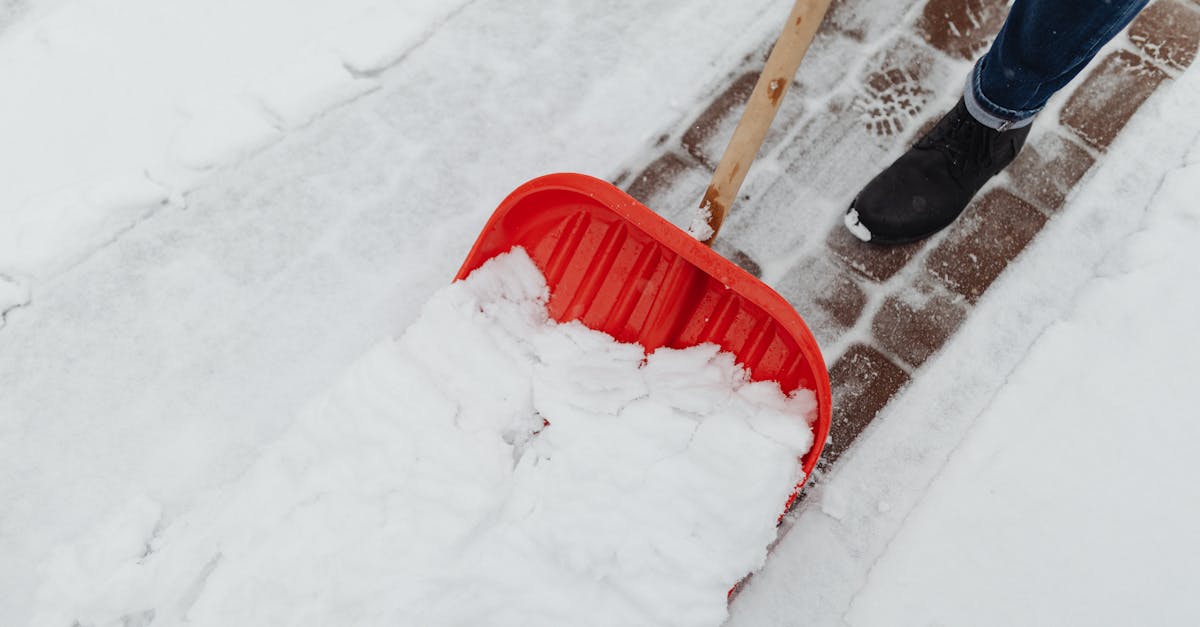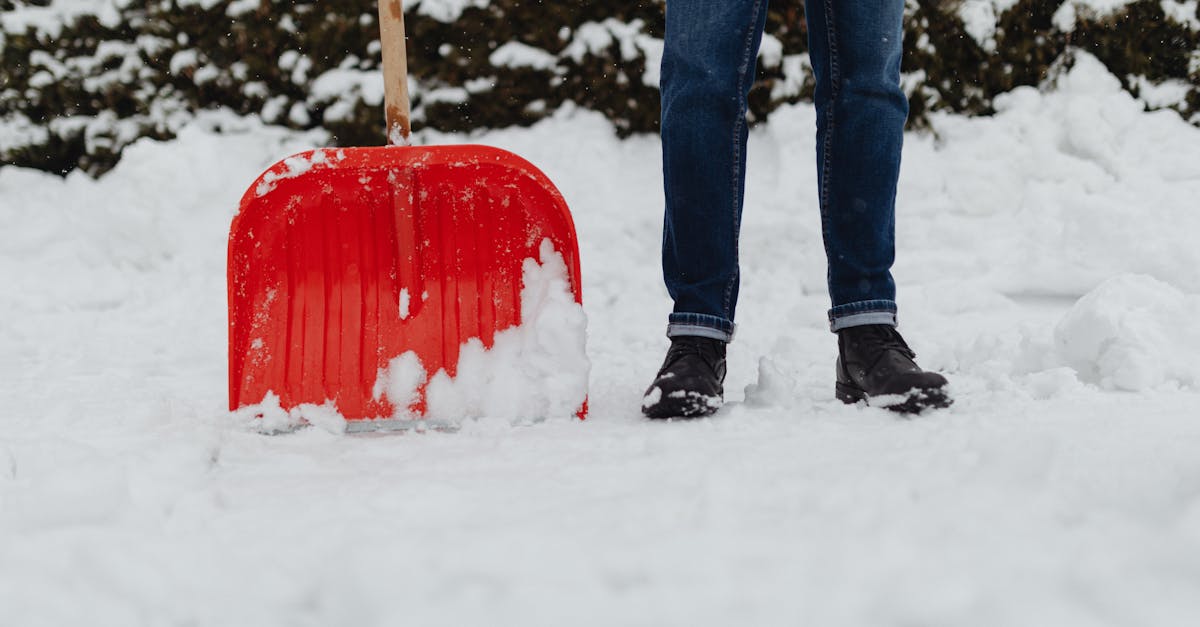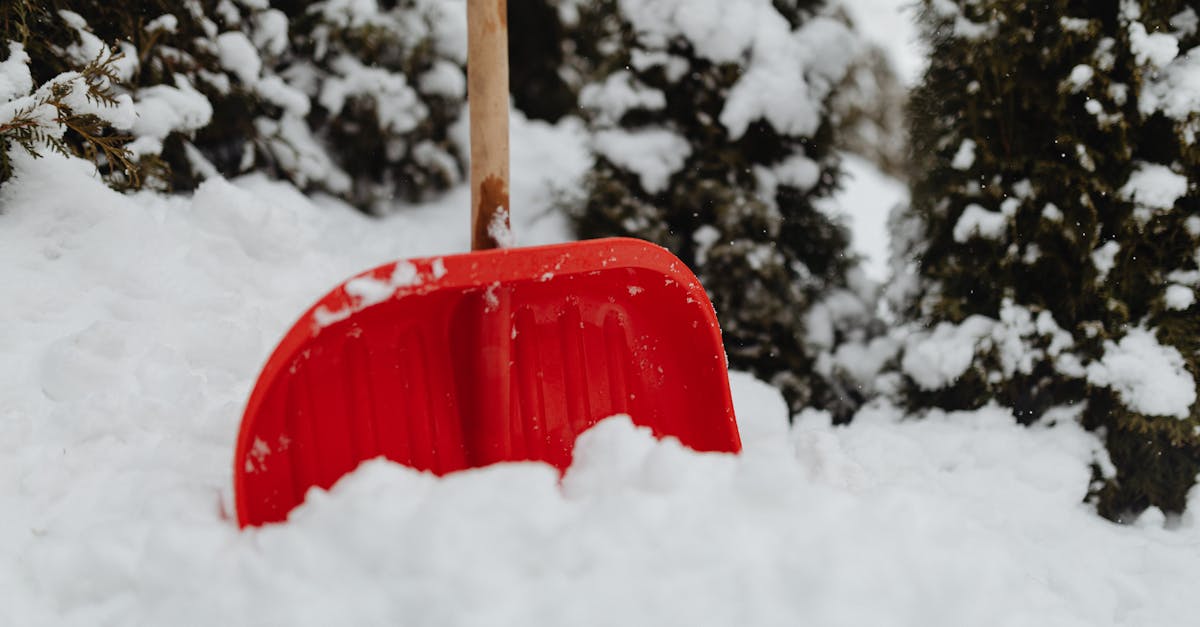
Table Of Contents
Differences Between Shoveling and Snow Blowing
Snow shoveling involves manually removing snow using a shovel, which requires physical effort and can be a workout for those who take on this task. This method allows for precise control over where snow is relocated, making it suitable for small areas like sidewalks and driveways. Homeowners often find it a personal and rewarding experience, especially when clearing paths for family and pets.
In contrast, snow blowing utilizes a machine to clear snow more efficiently over larger areas. Snow blowers can handle significant amounts of snow in a shorter amount of time, reducing physical strain on the operator. They work well for heavy snowfall and are often favored by those with larger properties or mobility concerns. Each method has its unique benefits, leading individuals to choose based on their specific needs and circumstances.
Comparing Methods of Snow Clearing
Different methods of snow clearing come with their own advantages and challenges. Snow shoveling is often seen as a practical solution, particularly for smaller areas like driveways and sidewalks. It requires minimal investment and gives homeowners immediate control over the process. This method allows for a more tailored approach, letting individuals decide how and when to clear snow based on their specific conditions.
On the other hand, snow blowing can be more efficient for larger surface areas or heavy snowfall. Snow blowers can move large amounts of snow quickly, reducing physical strain on the user. However, they tend to come with a higher initial cost and require maintenance over time. Choosing between snow shoveling and snow blowing depends largely on personal preference, the amount of snow expected, and the physical capacity of the individual.
Environmental Impact of Shoveling Snow
Snow shoveling can have notable effects on the local environment. When snow is cleared from driveways and walkways, it is often piled up in nearby areas, which can lead to increased melting in unwanted locations. This can disrupt drainage patterns and contribute to localized flooding. Additionally, the salt and chemicals used to de-ice surfaces can leach into the soil and waterways, affecting plant life and aquatic ecosystems.
Moreover, the energy consumption associated with snow shoveling should not be overlooked. Manual snow removal requires physical effort but still utilizes fuel for snow blowers or other machinery in some settings. This energy use can lead to increased carbon emissions and contribute further to environmental degradation. Even the act of shoveling itself can disturb local wildlife and vegetation, especially in delicate areas where ecosystem balance is crucial.
How Snow Removal Affects Our Ecosystem
Snow removal methods, particularly snow shoveling, can have unexpected consequences on local ecosystems. When snow is cleared from residential areas and streets, it often leads to a significant interruption of the natural melt process. This disruption can affect the soil's moisture levels and impede the natural recharging of groundwater supplies. Furthermore, the removal of snow changes the cover on the ground, potentially impacting plant life that relies on this insulating layer during colder months.
Additionally, the chemicals used for de-icing roads and walkways can pose threats to surrounding vegetation and wildlife. Products like salt and other de-icing agents can wash into nearby soil and waterways as snow melts, leading to increased salinity and contamination. This can adversely affect both terrestrial and aquatic ecosystems, resulting in long-term damage. Understanding the ecological implications of snow shoveling encourages a more balanced approach to snow removal that considers environmental health alongside safety and convenience.
Shoveling Snow in Different Climates
Different climates impact the approach to snow shoveling. In regions that experience heavy snowfall, the need for effective snow removal becomes paramount. Homeowners often invest in specialized shovels designed to handle large volumes of snow. Techniques may vary, focusing on efficiency while preventing physical strain. In contrast, milder climates might see lighter snowfalls, allowing for simpler shoveling methods. Residents may choose to clear snow less frequently, adjusting their strategy according to the specific weather patterns.
Additionally, the type of snow affects snow shoveling methods in various climates. Wet, heavy snow typically found in warmer areas demands stronger tools and different techniques to manage the weight and moisture content. In colder regions, lighter and fluffier snow can make shoveling easier but may require more frequent clearing to prevent buildup. Each environment presents its own challenges, making it essential for individuals to adapt their snow removal practices according to local conditions.
Adapting Techniques for Varying Weather Conditions
Different climates can significantly influence the effectiveness of snow shoveling techniques. In wetter, heavier snow conditions, using a wider shovel can help manage the increased weight. Additionally, shoveling more frequently during a snowfall can prevent the accumulation of deep layers, making the task less taxing on the body and minimizing the risk of injury. Employing proper body mechanics, like bending at the knees and using leg strength, is essential to avoid strain, particularly in challenging weather.
In drier snow conditions, a lighter shovel may suffice due to the flakes being less compacted. Some individuals find that adding a bit of lubricant, such as cooking spray, to the shovel can facilitate the clearing process. Furthermore, time management is critical; tackling snow removal in the early morning can prevent ice buildup and make the job simpler. Adapting snow shoveling techniques can enhance efficiency and safety regardless of climatic challenges.
FAQS
What does shoveling snow mean?
Shoveling snow refers to the manual process of clearing snow from surfaces such as driveways, sidewalks, and steps using a shovel. It is a common winter task to ensure safe passage and accessibility during snowy conditions.
What is the difference between shoveling and snow blowing?
Shoveling involves using a manual shovel to lift and remove snow, while snow blowing uses a powered machine to clear snow more efficiently. Shoveling can be physically demanding, while snow blowing can be quicker and easier but requires a financial investment in equipment.
How does snow removal impact the environment?
Snow removal can have several environmental impacts, including soil erosion and disruption of natural habitats. Using salt or chemicals to melt snow can also lead to water pollution. It's important to consider eco-friendly methods of snow management to minimize harm to the ecosystem.
What techniques can be used for shoveling snow in different climates?
In milder climates with lighter snow, a standard shovel may suffice, while in areas with heavy snowfall, a more robust shovel or snow removal tool may be necessary. Additionally, adapting shoveling techniques, such as lifting with the legs and pushing rather than lifting, can help prevent injury.
Is shoveling snow dangerous?
Yes, shoveling snow can be dangerous, especially for individuals with certain health conditions or those who are not physically fit. It poses risks such as muscle strain, heart problems, and slips and falls. It is important to take breaks, stay hydrated, and use proper techniques to reduce the risk of injury.
